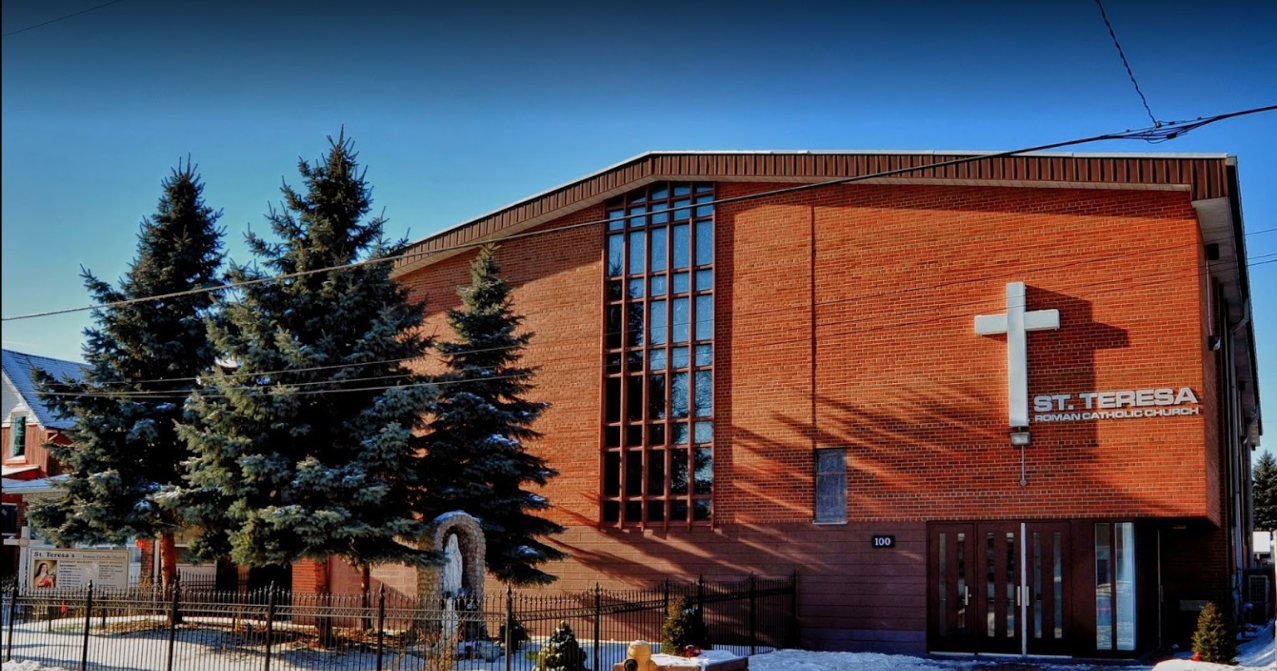
How Churches Can Consider Accessibility Issues ‘Beyond the Ramp’
Constance Price is a co-director of the Office of Formation for Discipleship at the Archdiocese of Toronto and the author of the recent booklet, “Beyond the Ramp: A Parish Guide to Welcoming Persons with Disabilities.” Although written from a Catholic perspective, the booklet has advice that all faith communities can use as they contemplate the accessibility barriers that exist in their place of worship. Connie shares some thoughts below for churches that want to become more open to all.
1. Why is it important for churches to consider accessibility issues?
I think that every pastor, every parish, really, wants to welcome anyone who comes to them.
Accessibility is a win-win situation. It is an act of hospitality that allows persons with disabilities to participate more fully in the life of the parish, thus increasing parish vitality. It also moves parishioners to become more deeply aware of the richness of the community and the needs of those around them.
When parishes make an opportunity to look at all areas of accessibility, both for persons with invisible and those with visible disabilities, they come closer to their goal of welcoming everyone and to responding to needs as Jesus did – with open arms.
2. For those who do not know you, why is accessibility personally important to you?
Forty years ago, I was diagnosed with multiple sclerosis (MS), after an experience of severe vision loss. Most of my vision returned, but for thirty years, my MS was relatively invisible – heat sensitivity and fatigue that was manageable. After a medical injury, I acquired a very visible disability, and am now in a power chair. Since I have experienced both types of disability, I see the doors that are closed to persons with both types of disabilities. I know that the Church calls each baptized person to full participation in the sacraments and in the life of the parish. I think that I may have something to offer in assisting parishes to move beyond the ramp when thinking about accessibility.
3. As the title of your booklet (“Beyond the Ramp”) suggests, it can be easy for churches to think they have built a ramp so now they are accessible. Can you discuss how reaching full accessibility can be more complicated than that?
Reaching full accessibility is a long-term goal because includes many components, the first of which is awareness of the range of disabilities that are experienced by parishioners. The ramp is easy because it is visible and obvious. Not so obvious are the attitudes that power the decisions that are made, the type of attention to and consideration of those with invisible disabilities, and the exercise of hospitality and inclusion in parish ministries. As a parish grows in accessibility and inclusivity, so does the knowledge and attentiveness of parishioners on these issues.
4. A church that has never considered the range of barriers that could exist in its building could easily become overwhelmed at all the work that needs to be done. Do you have any advice to churches that are just getting started?
I have three pieces of advice. First, go slowly. Do a complete disabilities assessment, and start with identifying one thing that can be done now, one in the next year and one thing that can be done in the longer term. This will give a framework within which the parish can work.
Secondly, include persons with disabilities in the planning process when it is time to make changes. Let us ‘test drive’ your proposed changes. What looks good in theory or on paper is not always as workable in practice.
Finally, include all parish frontline people in your new approach. This includes the parish office staff, lead catechists, liturgy planners, ushers – anyone who is the first contact for parishioners or who has decision-making capabilities for the life of the parish.
5. Some projects that would remove barriers from a church can also be quite expensive. What would you suggest a church does before it gets to work?
Proper consultation and thorough advance planning will go a long way when it comes to costly changes. I cannot speak to the professional consultation necessary, but I can speak to places in our churches where it was clear that the planners’ hearts were in the right place but the end result was not so good for me and my power chair. I suggest that for any major changes, the parish ask someone with a corresponding disability for an opinion on what works or does not work well.
6. It may not always be easy to keep everyone happy while making a church more accessible. What do you suggest churches do when accessibility issues become difficult?
Knowledge is power in this case. Parish staff and volunteers need to know and follow the pastor’s wishes for fielding concerns and complaints. If everyone knows the plan or process, the information gets to the right place most efficiently and can be addressed. I think that the concerns or complaints are also a gift – sometimes not so easy to receive – because they tell a pastor where he might take the next step in moving toward fuller accessibility and inclusivity. There might even be a homily in there about welcoming our brothers and sisters!
